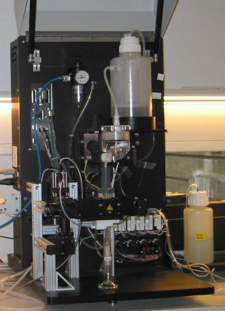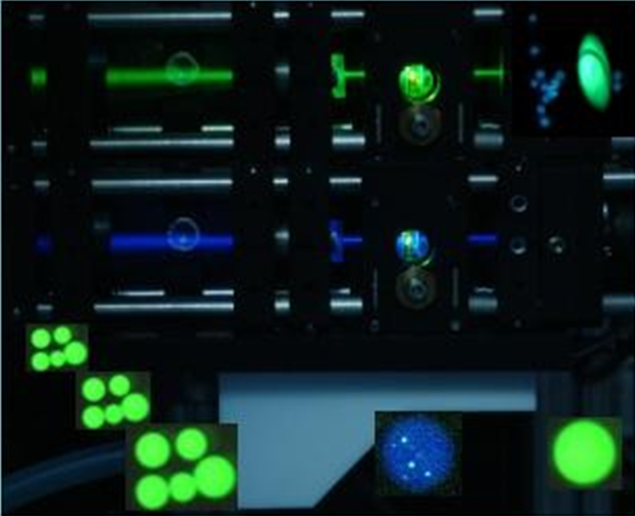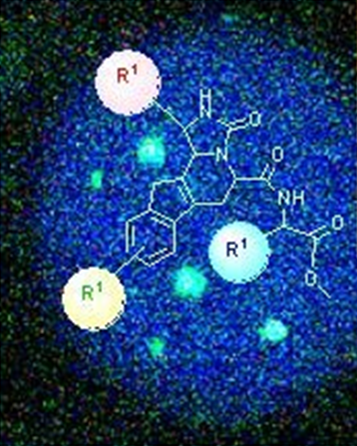Molecular Recognition at CECB
CECB is mainly interested in various aspects of the phenomena of molecular recognition and selection, particularly in water. The philosophy behind this interest is that molecular recognition in water, is extremely important for all biological events as well as for complex chemical reactions and catalysis.
The effects of water reorganization during a binding event is poorly understood in spite of the well-documented entropic energy contributions stemming from the reorganization of the water shell around the ligand and the binding cavity. In fact the hydrogen bonding network of water could well be instrumental in communication between ligand and receptor and in effecting the unlikely event of successful docking. The theme of molecular recognition has stimulated development of a variety of combinatorial techniques and tools to select active molecules, mainly based on solid phase screening techniques including optical encoding technology. This is greatly facilitated through the application of PEG-based polymers developed in the group. Molecular recognition is currently investigated in five different areas:



| Proteolysis | GPCR recognition | Artificial biofunctions | SM-SM interactions | Cells on surfaces |

HEK293 cells and Jurkat cells adhered to PEG beads through molecular recognition
